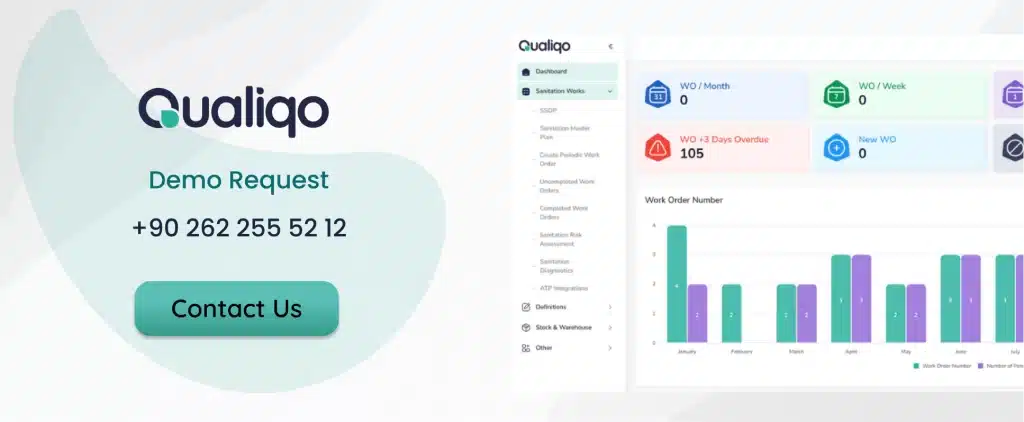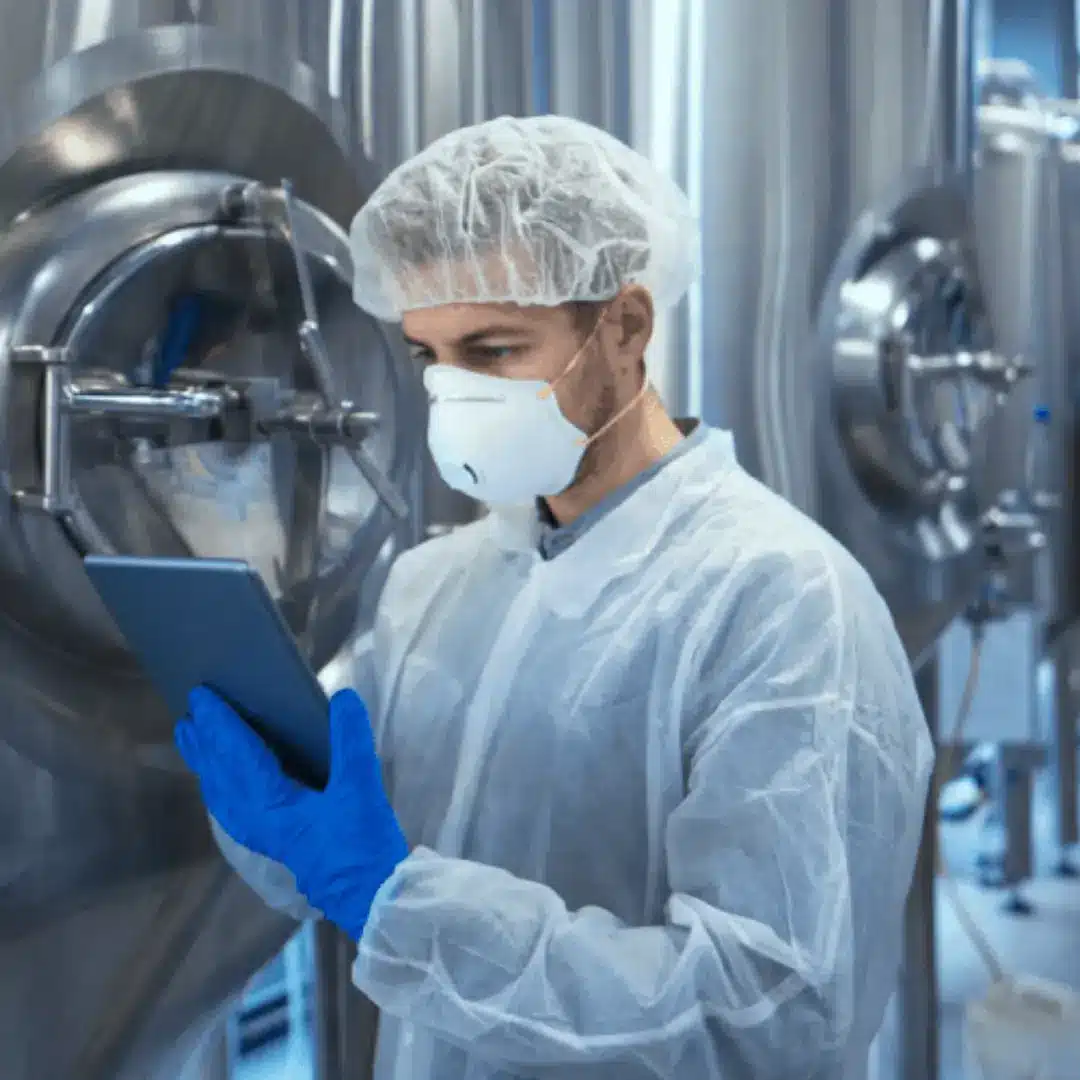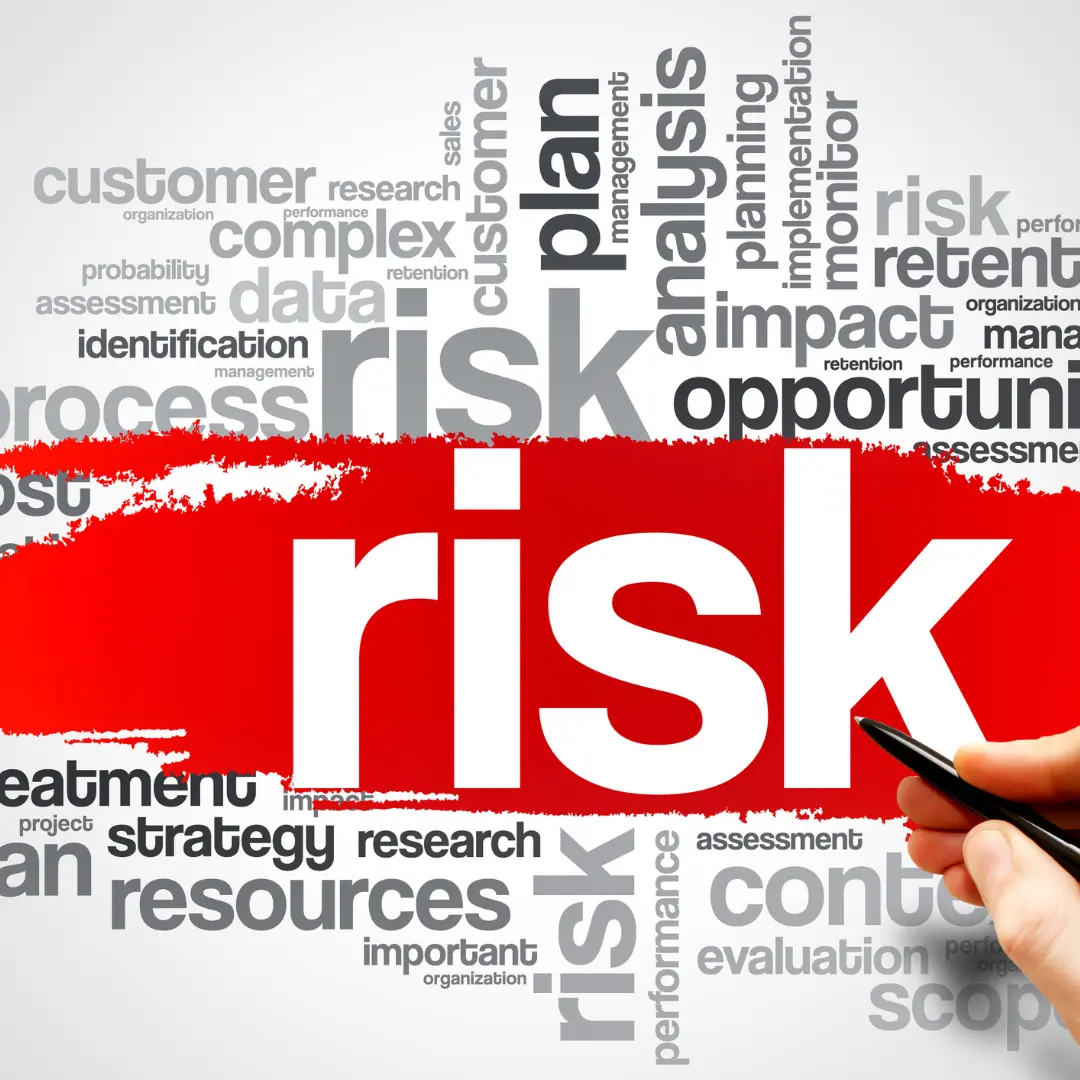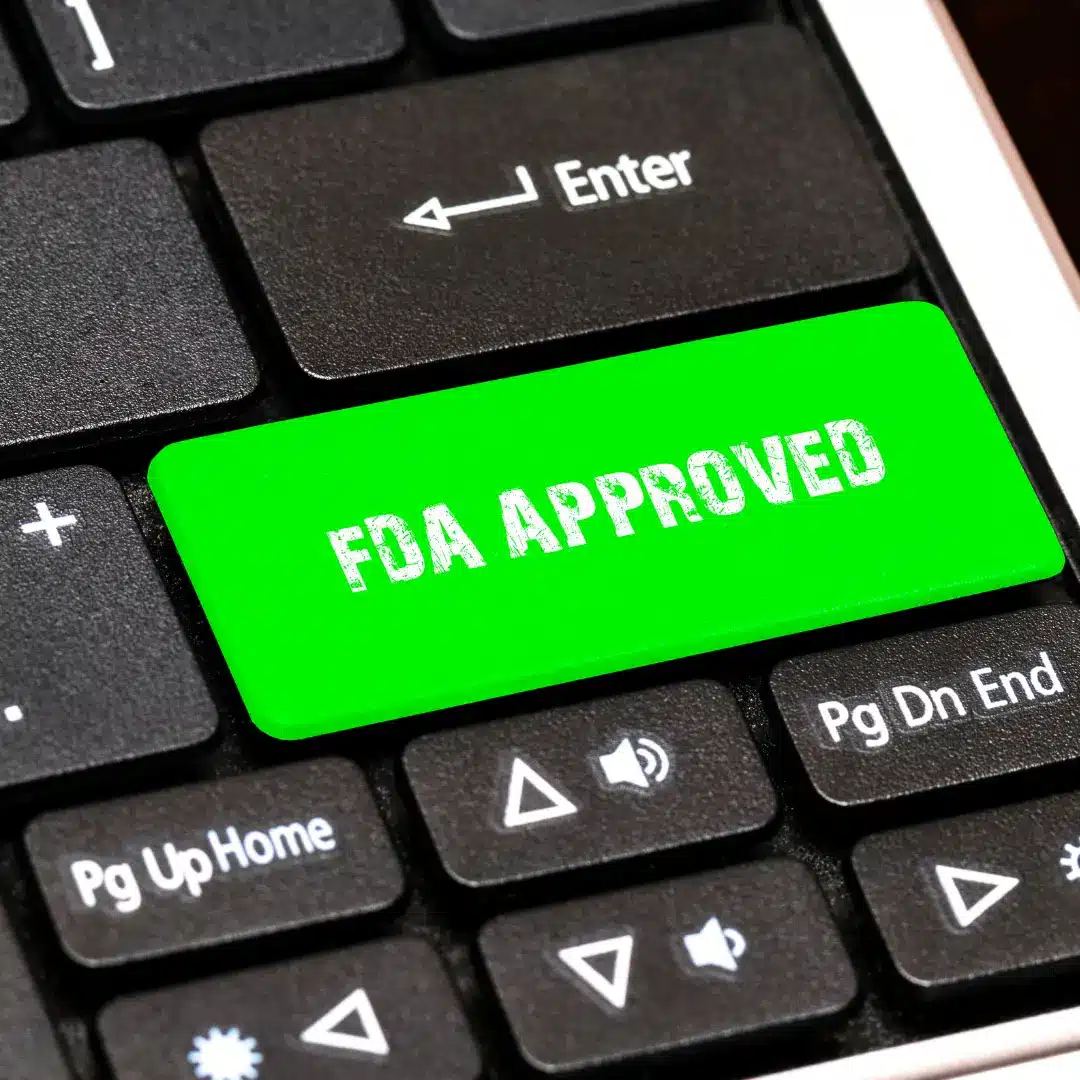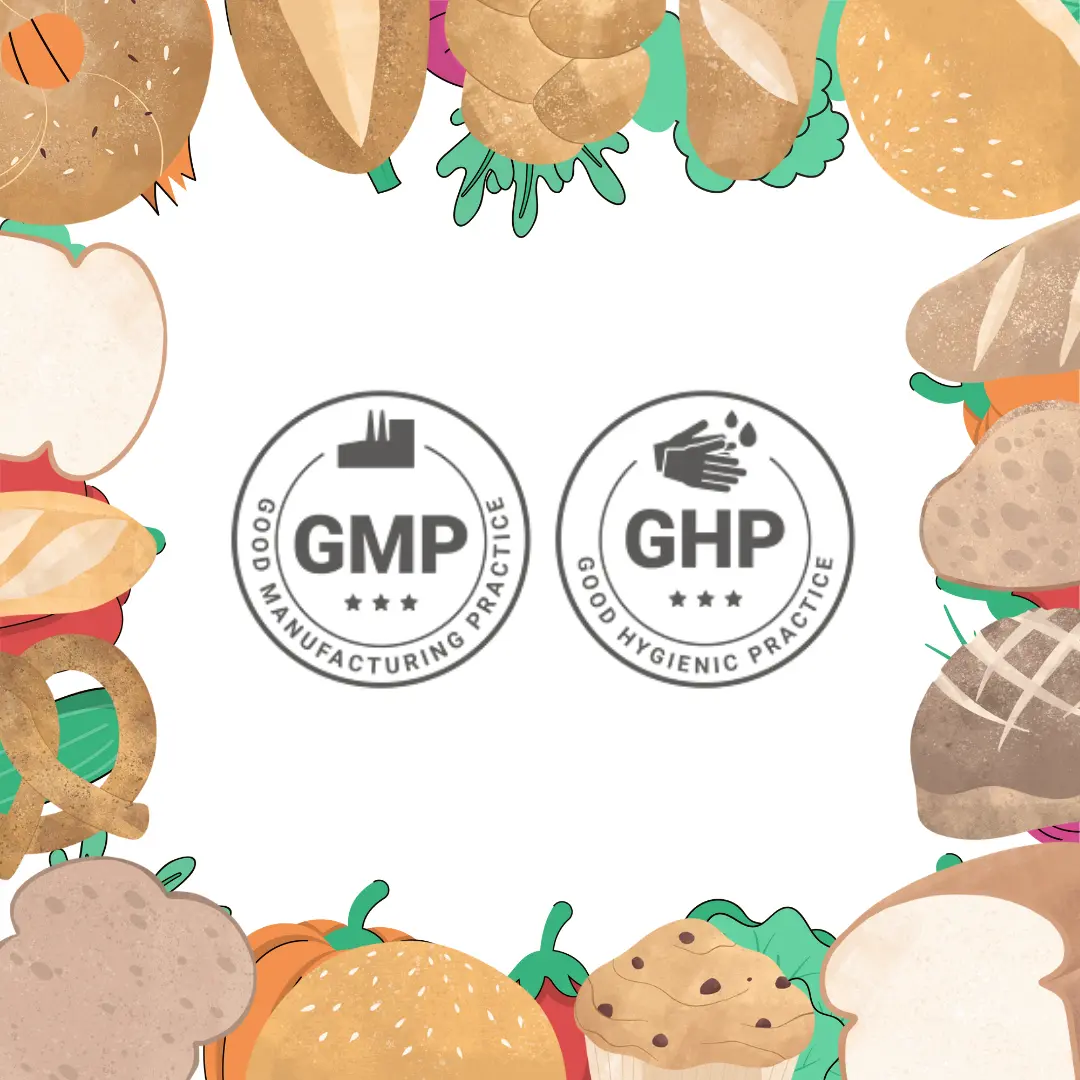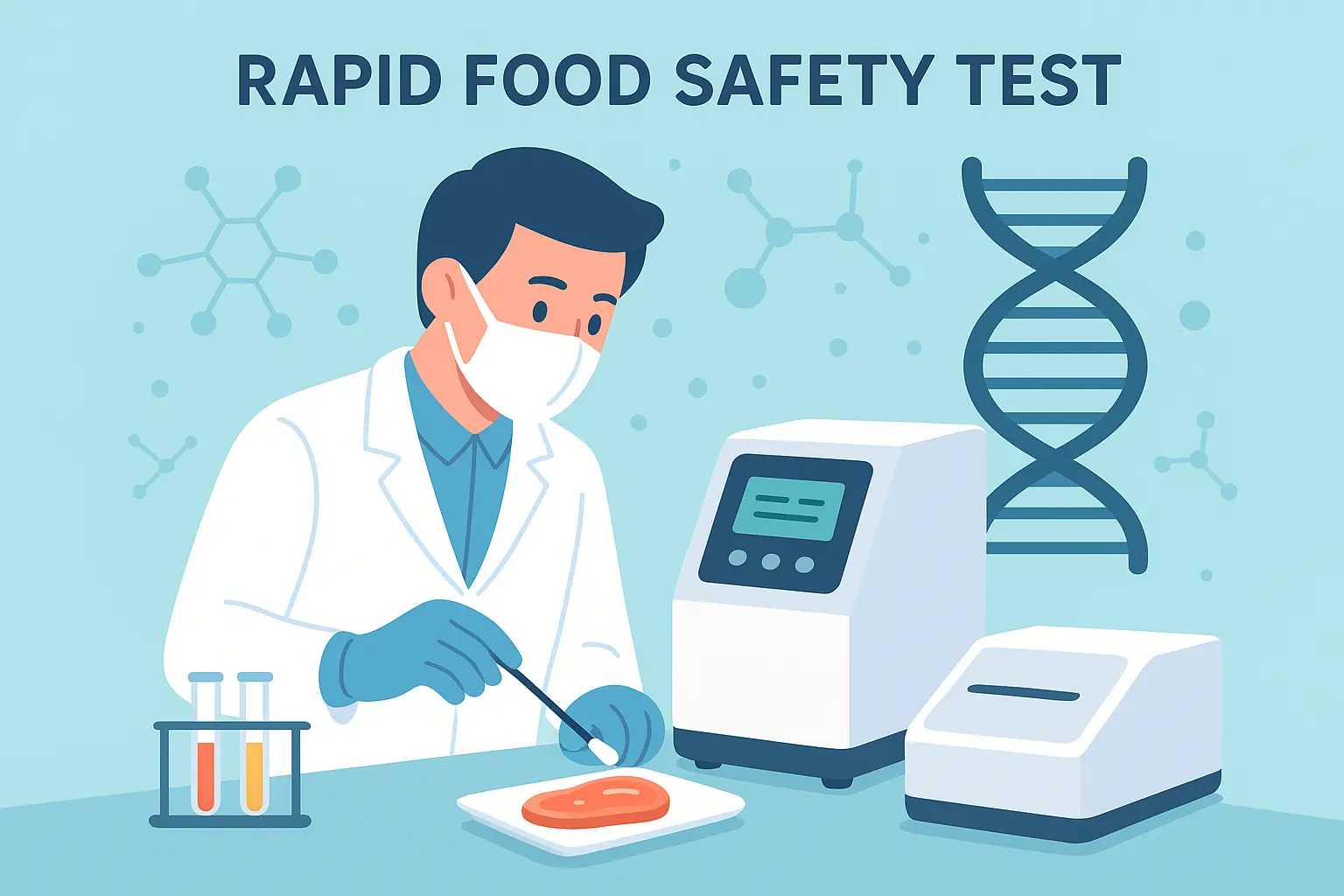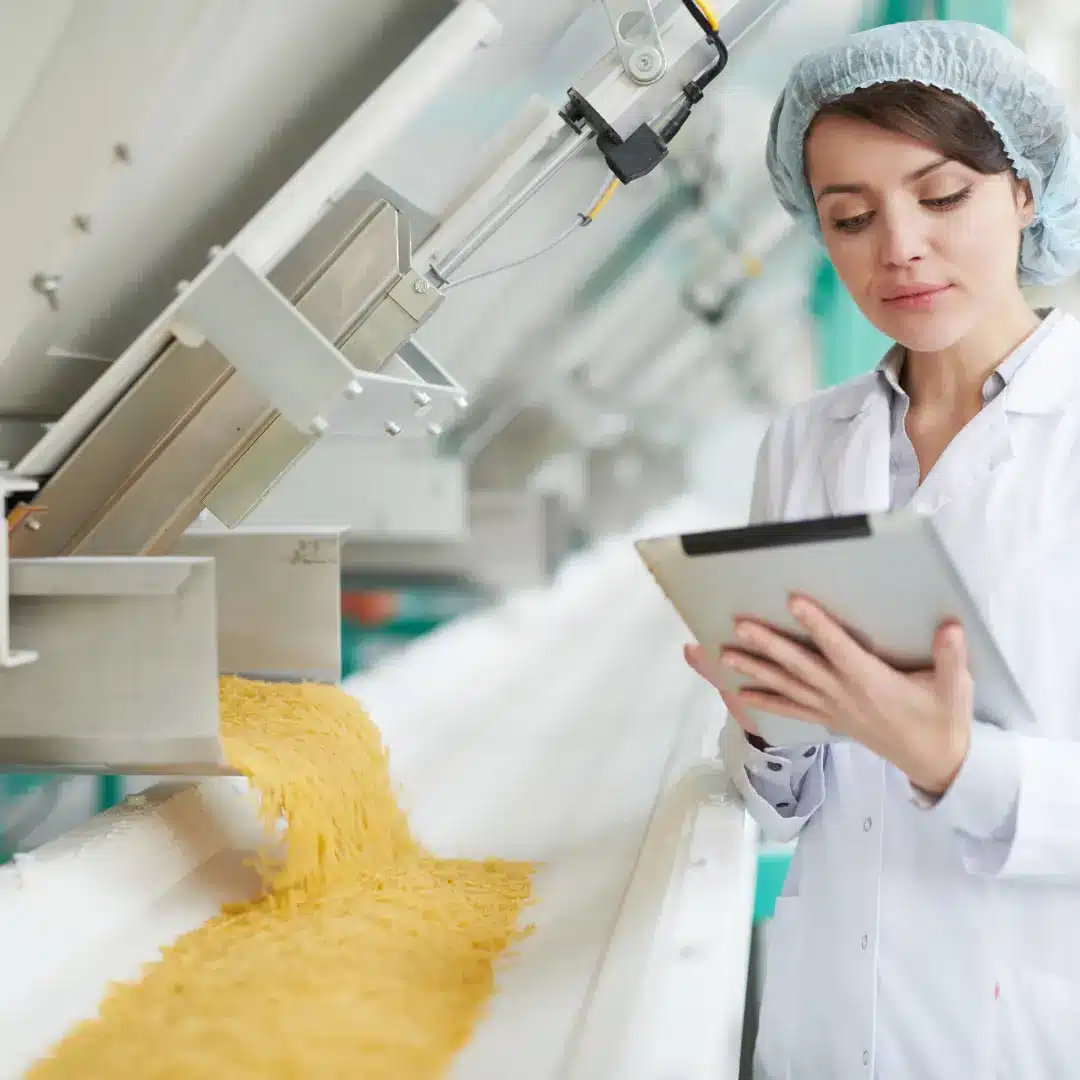Science in Action
Salmonella contamination, in April 2025, a major U.S. food producer issued a recall of over 20 million eggs due to the potential presence of Salmonella Enteritidis. The recall—one of the largest in recent years—was initiated by August Eggs, a nationwide supplier whose products were sold in major grocery chains across the United States. Though no illnesses had yet been reported, the company acted under pressure from the FDA and consumer safety watchdogs after routine testing at a distribution facility raised red flags.
The economic and reputational impact was immediate:
- Multiple supermarket chains issued urgent removal notices.
- Distribution was halted across dozens of states.
- Media coverage spotlighted lapses in hygiene controls and risk management.
- Consumer confidence plummeted.
- The brand’s long-standing retail partnerships were jeopardized.
This incident not only disrupted one company’s operations—it reignited global concern around Salmonella contamination, cross-contamination risks, and the effectiveness of preventive controls in today’s food supply chains.
At Qualiqo, we view this as a clear signal. Traditional approaches to sanitation and safety management are no longer enough. In a world where a single recall can cause millions in losses, digital transformation is no longer optional—it’s essential.
What Went Wrong? A Closer Look
While the August Egg incident remains under investigation, experts in food safety have already pointed to a few likely contributors:
🧼 Incomplete Sanitation Monitoring
Though egg production facilities follow rigorous protocols, manual tracking of cleaning schedules leaves room for error—missed routines, improperly cleaned equipment, or cross-contamination during shifts.
🧪 Inadequate Environmental Testing Integration
While environmental swabbing is a requirement under many national food safety regulations (including the U.S. FSMA), poor integration between testing results and quality management systems delays early detection and intervention.
⏱️ Reactive vs. Preventive Action
By the time a red flag appears during final-product testing or distribution checks, it may be too late to prevent the spread. This leads to broad, expensive recalls—even in the absence of confirmed illness.
A Global Pattern of Risk
This incident isn’t isolated. In recent months alone, the global food industry has faced:
- A Breyers ice cream recall due to undeclared almonds (allergen mislabeling)
- Ground beef alerts from the USDA related to E. coli O157:H7
- Listeria contamination in enoki mushrooms traced to poor supplier controls
- Salmonella in pre-packaged snacks due to shared production lines
- Sweets and meat recalls in Europe, affecting trusted household brands
What unites these cases? A breakdown in preventive control, often caused by fragmented processes, human error, or lack of real-time oversight.
How Qualiqo Can Help Prevent Future Incidents
Qualiqo is built specifically to address these challenges, offering food businesses a centralized, intelligent platform to manage hygiene, traceability, risk, and compliance in one place.
✅ 1. Real-Time Sanitation Tracking
Ensure that every sanitation task is completed, verified, and time-stamped. From processing areas to equipment and personnel hygiene, you’ll always have proof of compliance and a clear operational picture.
🧪 2. Environmental and Microbiological Monitoring
Automatically record, analyze, and visualize swab results, lab test data, and pathogen risk zones. Our dashboard flags anomalies instantly, helping you take preventive action before products are affected.
📦 3. Full Traceability Across Batches and Suppliers
Track ingredients, lots, and packaging materials from origin to final shipment. In the event of a contamination concern, you can identify and isolate impacted items in minutes—minimizing recalls and protecting your brand.
🔔 4. Preventive Alerts and Task Automation
Never miss a cleaning routine, test schedule, or audit requirement. Set up automated alerts and workflows that ensure accountability across your team and third-party partners.
🔄 5. Rapid Corrective Action and Root Cause Analysis
When incidents do occur, Qualiqo helps you respond fast: assign tasks, capture photos or documents, conduct root cause analysis, and generate compliance-ready reports—all from one interface.
From Science to Practice: The Future of Food Safety
The theme of World Food Safety Day 2024, “Food Safety: Science in Action”, was a call to integrate the latest scientific knowledge into everyday practice. But this can only happen if the tools exist to turn insights into action.
Qualiqo represents that bridge—translating sanitation protocols, microbiological risks, and traceability requirements into structured, trackable workflows that your entire organization can follow.
In an era of rising regulatory scrutiny, climate-related food safety risks, and consumer demand for transparency, it’s not just about preventing recalls—it’s about building resilience, trust, and sustainable growth.
Next Steps
For food companies seeking efficiency, Qualiqo offers a reliable, all-in-one sanitation management solution. Qualiqo is designed to streamline food safety and sanitation processes for better operational control. It helps businesses track cleaning schedules, verify tasks, and meet food safety standards. Features include audit management, real-time alerts, and complete traceability across operations. With Qualiqo, food businesses embrace digital transformation and reinforce their food safety commitment.
Did you get enough information about “Integrated Pest Management (IPM) in Food Safety“
Qualiqo is here to help you. It answers your questions about sanitation and hygiene, Lab. & EMP, IPM and Pest Control. We also provide information about the main features and benefits of the software. We help you access the Qualiqo demo and even get a free trial.
Frequently Asked Questions
Salmonella is a type of bacteria that causes foodborne illness, commonly known as salmonellosis. It is typically transmitted through contaminated food or water. It can live in raw or undercooked meat, eggs, poultry, and unwashed produce.
Common symptoms include:
Diarrhea,
Abdominal cramps,
Fever,
Nausea and vomiting.
Symptoms usually appear 6 to 72 hours after infection . They can last 4 to 7 days.
Salmonella can cause severe complications such as bloodstream infections, hospitalization, and even death. In vulnerable populations like infants, the elderly, and those with weakened immune systems.



